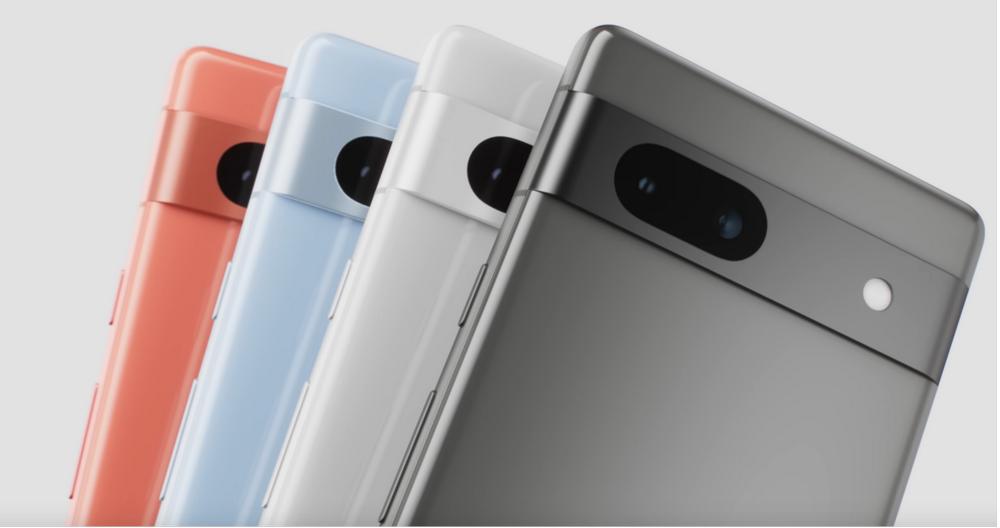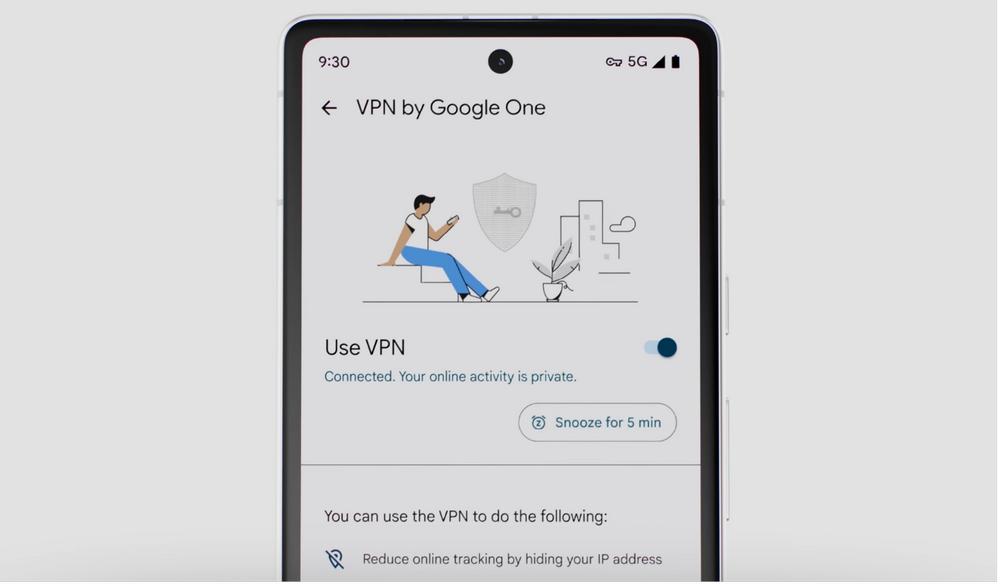Google has launched its much-awaited mainstream Pixel 7a smartphone, featuring a proprietary Tensor G2 SOC, 90Hz OLED display, and a stock Android experience.
Compared to its bigger siblings, the 7a is much closer to the Pixel 7 than 7 Pro since it keeps the same FHD+ OLED screen with 90Hz refresh rate, be it just a smidge smaller at 6.1in vs. 6.3in, protected by Gorilla Glass 3. As is often the case, the 90Hz mode isn’t enabled by default to help preserve battery life, which Google rates at 24 hours, or 72 hours with Extreme Battery Saver mode enabled.
For its cameras, the 7a rocks a newer 64MP main shooter alongside a 13MP ultrawide, leaving the selfie portion to another 13MP sensor. As you may know, having the highest pixel count doesn’t automatically translate to excellent picture quality, with software processing playing an integral part in capturing detailed images. In this department, Google Pixel phones are well known for their excellent image quality and accurate colours, so we are confident the 7a will deliver best-in-class results.

Elsewhere, the 7a houses a standard but sufficient 8GB of LPDDR5 memory plus 128GB of UFS 3.1 storage that is unfortunately not upgradable via SD cards, not to forget a 4,385mAh battery which can be topped-up slowly via 18W charging. Also, no power adapter is included, but it’s nice to see wireless charging included on a mainstream device.
Measuring 73mm x 152mm x 9mm while tipping the scale at 193g, Google’s Pixel 7a is IP67 dust and water protected and will be available in Snow, Charcoal, Sea, and a Google Store exclusive Coral colour. For me, it would be either the Coral or Charcoal, thank you very much.

As usual with Pixel phones you get a bunch of handy software features such as Photo Unblur, a photo fixer that enhances already taken snaps – including those from other devices – Magic Eraser which removes unwanted objects from a picture, Long Exposure, built-in VPN, a text/audio translator, and Call Screening helping you answer relevant calls only.
All of these hardware specs and software features are nice and all, but what attracts a lot of folk to Google Pixel phones is the promise of a stock Android experience without any overlaying skins or pesky pre-installed apps. Top that with the latest Android 13 plus three years of OS updates, and you get a phone that is built to last.

